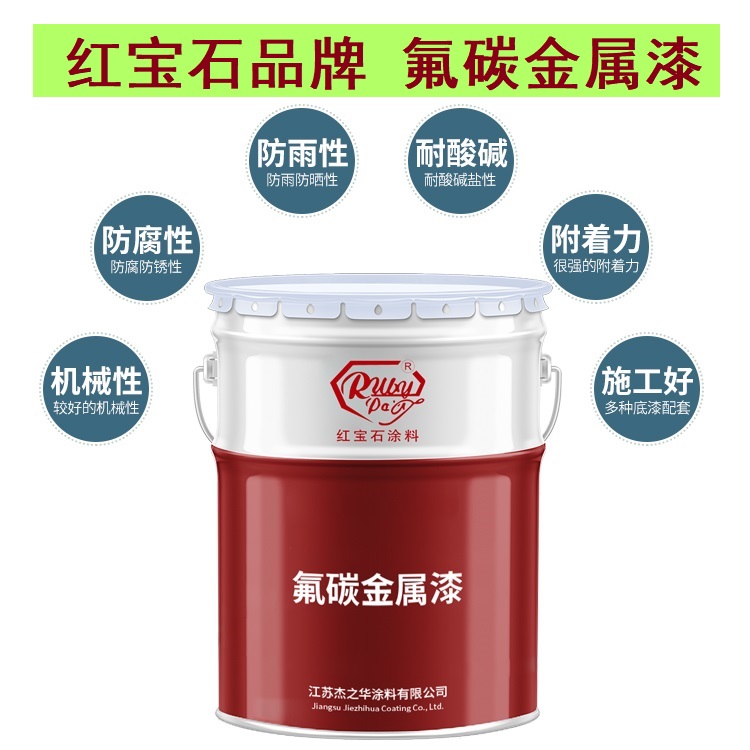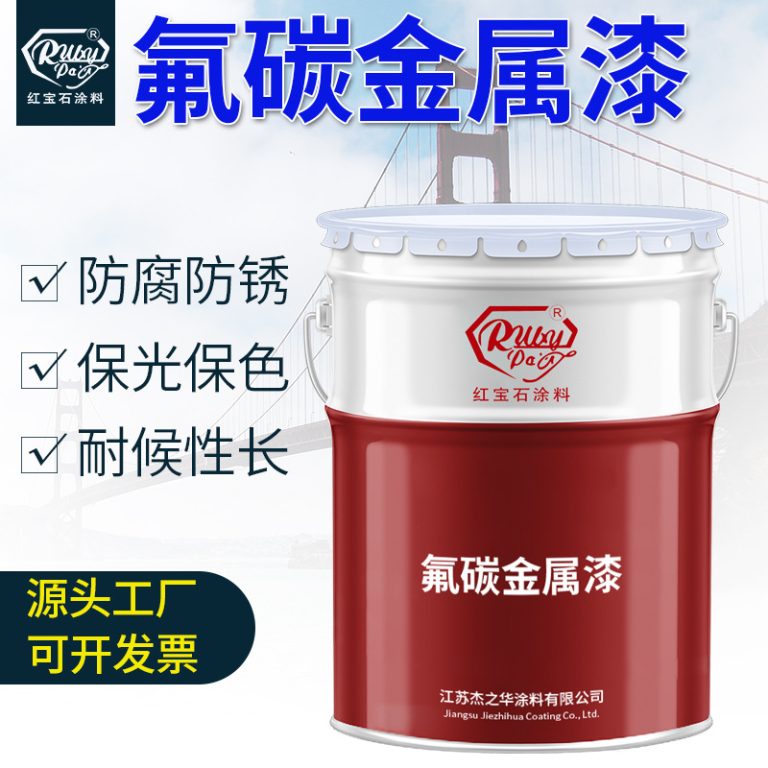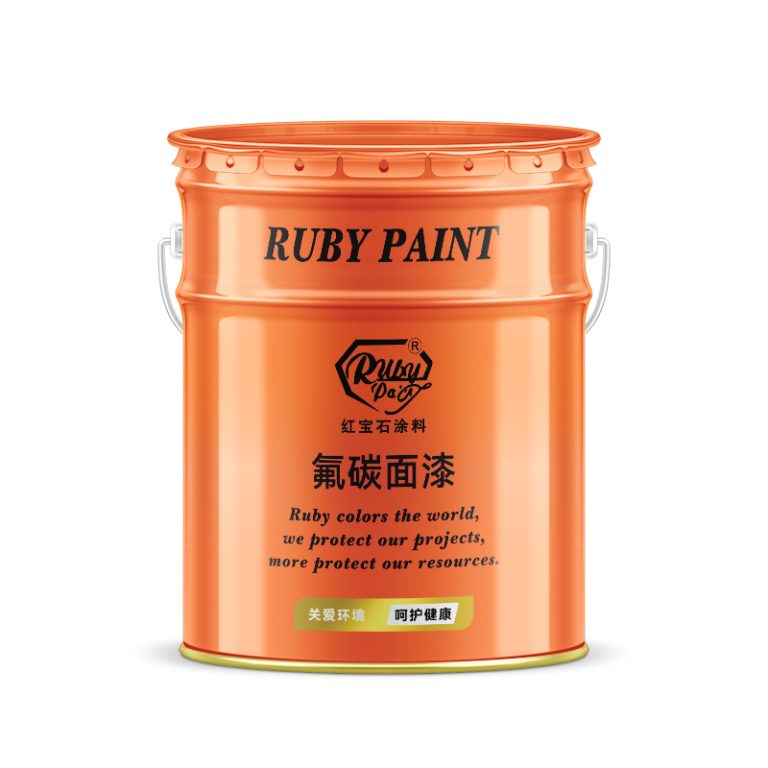Table of Contents
Benefits Of Using Chlorinated Rubber Paint For Waterproofing
Chlorinated rubber paint is a specialized coating that has gained popularity for its waterproofing properties. This type of paint is formulated with a synthetic rubber base that has been treated with chlorine, which enhances its resistance to water, chemicals, and environmental factors. As a result, chlorinated rubber paint is an excellent choice for waterproofing a variety of surfaces, including swimming pools, tanks, and other structures exposed to moisture.

One of the primary benefits of using chlorinated rubber paint for waterproofing is its exceptional durability. The chlorination process increases the paint’s resistance to degradation from UV rays, ozone, and other harsh environmental conditions. This means that surfaces coated with chlorinated rubber paint can withstand prolonged exposure to water without peeling, cracking, or losing their protective qualities. Consequently, this type of paint is ideal for areas that are frequently subjected to wet conditions, such as pool decks and outdoor storage tanks.
In addition to its durability, chlorinated rubber paint also offers excellent adhesion to a variety of substrates. Whether applied to concrete, metal, or fiberglass, this paint forms a strong bond that helps prevent water from seeping through cracks and crevices. This characteristic is particularly important for waterproofing applications, as it ensures that the protective barrier remains intact even under challenging conditions. Moreover, the paint’s flexibility allows it to expand and contract with the substrate, accommodating any movement without compromising its waterproofing capabilities.
Another advantage of chlorinated rubber paint is its ease of application. Unlike some other waterproofing coatings that require specialized equipment or extensive surface preparation, chlorinated rubber paint can be applied using standard painting tools, such as brushes, rollers, or sprayers. This makes it a convenient option for both professional contractors and do-it-yourself enthusiasts who want to undertake waterproofing projects without the need for additional training or costly equipment.
Furthermore, chlorinated rubber paint dries quickly, which reduces downtime and allows for faster project completion. This is particularly beneficial in commercial settings where minimizing disruption to operations is crucial. The quick drying time also means that the coated surfaces can be exposed to water sooner, which is an important consideration in time-sensitive waterproofing projects.
In terms of maintenance, surfaces coated with chlorinated rubber paint are easy to clean and require minimal upkeep. The smooth finish of the paint repels dirt and debris, making it simple to wash away any contaminants with just water and mild detergent. This low-maintenance aspect not only saves time and effort but also helps maintain the aesthetic appeal of the coated surfaces.
| No. | Product Name |
| 1 | Industrial paint |
In conclusion, chlorinated rubber paint is an effective and reliable solution for waterproofing a wide range of surfaces. Its durability, strong adhesion, ease of application, quick drying time, and low maintenance requirements make it a preferred choice for both residential and commercial applications. By providing a robust barrier against water ingress, chlorinated rubber paint helps protect structures from damage and extends their lifespan, making it a worthwhile investment for anyone seeking a long-lasting waterproofing solution.
Comparing Chlorinated Rubber Paint With Other Waterproof Coatings
Chlorinated rubber paint is a specialized coating that has been widely used for its waterproofing properties. This type of paint is formulated with a synthetic rubber base that has been treated with chlorine, which enhances its resistance to water, chemicals, and environmental conditions. As a result, chlorinated rubber paint is often chosen for applications where waterproofing is a critical concern, such as swimming pools, water tanks, and marine environments.
When comparing chlorinated rubber paint with other waterproof coatings, it is important to consider several factors, including durability, application, and cost-effectiveness. One of the most common alternatives to chlorinated rubber paint is epoxy paint. Epoxy coatings are known for their strong adhesion and resistance to chemicals and abrasion. However, while epoxy paints provide excellent waterproofing, they can be more expensive and may require more complex application procedures. In contrast, chlorinated rubber paint is relatively easy to apply and can be more cost-effective, making it a popular choice for large-scale projects.
Another alternative to consider is polyurethane paint. Polyurethane coatings are highly flexible and can withstand significant temperature fluctuations, which makes them ideal for outdoor applications. Like epoxy, polyurethane provides strong waterproofing properties, but it also offers enhanced UV resistance, which helps prevent fading and degradation over time. However, polyurethane paints can be more susceptible to damage from certain chemicals, and they may also require more frequent maintenance compared to chlorinated rubber paint.
Acrylic paint is another option that is often used for waterproofing purposes. Acrylic coatings are water-based, which makes them environmentally friendly and easy to clean up. They also provide good resistance to UV rays and mildew. However, acrylic paints are generally less durable than chlorinated rubber, epoxy, or polyurethane coatings, and they may not be suitable for high-traffic areas or harsh environmental conditions.
| Serial Nr. | Article Name |
| 1 | Epoxy Zinc rich paint |
When choosing the best waterproof coating for a specific application, it is essential to consider the specific requirements of the project. Chlorinated rubber paint is an excellent choice for areas that require robust waterproofing and chemical resistance, such as industrial settings or areas exposed to harsh chemicals. Its ease of application and cost-effectiveness also make it a practical choice for larger projects.
In conclusion, while chlorinated rubber paint offers significant advantages in terms of waterproofing and chemical resistance, it is important to compare it with other coatings such as epoxy, polyurethane, and acrylic to determine the best option for a particular application. Each type of coating has its own strengths and weaknesses, and the choice will depend on factors such as durability, environmental conditions, and budget. By carefully evaluating the specific needs of the project and the properties of each coating, it is possible to select the most appropriate waterproof coating to ensure long-lasting protection and performance.





